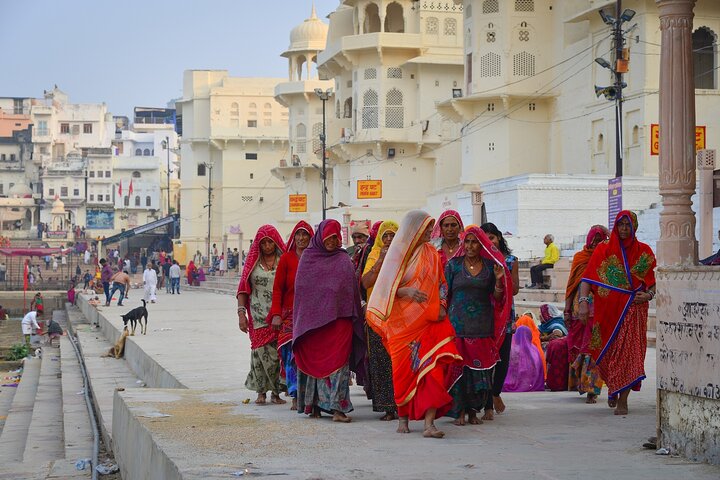Whispers of Flavor: A Culinary Pilgrimage Through Bikaner’s Streets
Drawn by the whispers of history and the promise of culinary discovery, I embarked on a journey through the streets of Bikaner. This was more than a food tour; it was a pilgrimage through time, told through the language of royal delicacies.
A Journey Through Time and Taste
The streets of Bikaner, with their labyrinthine alleys and timeworn facades, beckoned me with a promise of culinary discovery. As an urban explorer, I am no stranger to the allure of forgotten places, but this time, it was the flavors of the past that called to me. The Bikaner Street Food Tour was not just a walk through the city; it was a journey through the annals of history, told through the language of food.
Our guide, a local with an encyclopedic knowledge of Bikaner’s culinary heritage, led us through the bustling streets. The air was thick with the scent of spices, a heady mix that seemed to whisper secrets of the past. We stopped at a small, unassuming stall, where the vendor expertly crafted pyaaz ki kachori, a savory pastry filled with spiced onions. The first bite was a revelation, a symphony of flavors that danced on my tongue, each note a testament to the rich tapestry of Bikaner’s history.
As we moved from stall to stall, sampling samosas and a variety of namkeens, I couldn’t help but feel a connection to the city. Each dish was a story, a piece of the puzzle that is Bikaner’s cultural identity. The food was more than sustenance; it was a bridge to the past, a way to experience the city as it once was.
The Art of Culinary Craftsmanship
The tour was not just about tasting; it was an education in the art of culinary craftsmanship. We watched as sweets were meticulously prepared, the process a dance of precision and passion. These were not just desserts; they were works of art, each one a tribute to the culinary traditions that have been passed down through generations.
One of the highlights was witnessing the creation of Jodhpuri sweets, their vibrant colors and intricate designs a feast for the eyes as much as the palate. The sweets, though not native to Bikaner, have become an integral part of its culinary landscape, a testament to the city’s ability to embrace and adapt.
As we sipped masala chai from clay pots, the city unfolded before us, a living tapestry of history and culture. The chai, with its complex blend of spices, was a fitting metaphor for Bikaner itself – a city of contrasts, where the old and the new coexist in a delicate balance.
A Melancholic Farewell
As the tour drew to a close, I found myself reluctant to leave. The streets of Bikaner, with their faded grandeur and hidden stories, had captured my heart. The food, with its bold flavors and rich history, had left an indelible mark on my soul.
The final stop was a small shop selling paan, a traditional mouth freshener. As I savored the complex flavors, I reflected on the journey. This was more than a food tour; it was a pilgrimage, a chance to connect with a city through its most intimate expression – its cuisine.
Bikaner, with its royal delicacies and storied past, had offered me a glimpse into a world where time stands still, where the past is always present, whispering its secrets to those willing to listen. As I walked away, I knew that this experience would linger in my memory, a haunting reminder of the power of food to transcend time and place.




















































